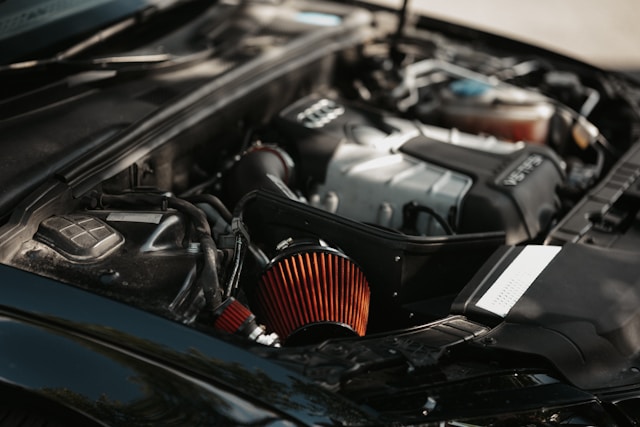
The initial stages of learning to drive often focus on mastering fundamental skills like clutch control, navigating junctions, and performing test maneuvers. However, a crucial aspect that may be overlooked is understanding and utilizing your vehicle’s lights. Proper use of car lights is essential, not only for safety but also to avoid potential fines and penalty points.
This guide will provide a comprehensive overview of car lights, covering their location and appropriate usage. We’ll equip you with the knowledge necessary to confidently and correctly operate your vehicle’s lighting system.
Understanding Your Vehicle’s Lights: A More Detailed Guide
Every vehicle is equipped with a standard set of lights, each serving a distinct purpose and governed by specific rules. A comprehensive understanding of these lights is paramount for safe and responsible driving.
Brake Lights: Essential Indicators of Deceleration
- Located at the rear of the vehicle, brake lights illuminate instantly upon depression of the brake pedal, providing a crucial visual cue to following drivers.
- Their bright red illumination serves as an immediate warning of deceleration, enabling drivers behind to adjust their speed and maintain a safe following distance, thereby mitigating the risk of rear-end collisions.
- In situations of stationary traffic, particularly in prolonged queues, drivers should engage the handbrake and shift to neutral gear to avoid the continuous, and potentially distracting, illumination of brake lights. This practice also helps to reduce unnecessary wear on the clutch pedal.
- Due to their rearward position, brake lights can be difficult to monitor. Regular checks, ideally weekly, are essential to ensure their functionality. Driving with faulty brake lights can result in penalties, including fines and penalty points, and poses a significant safety hazard.
Dipped Headlights: Illuminating the Path Ahead Safely
- Positioned at the front of the vehicle, dipped headlights are angled downwards to provide optimal road illumination without causing glare to oncoming traffic.
- They are indispensable for nighttime driving in urban environments and for daytime driving in conditions of reduced visibility, such as heavy rain, fog, or snow, where visibility falls below 100 meters.
- Ensuring the proper function of both dipped headlights is critical, as their failure can severely compromise visibility, particularly during high-speed driving on dual carriageways or motorways. Driving with defective dipped headlights can lead to legal penalties.
Fog Lights: Enhancing Visibility in Adverse Conditions
- Fog lights are specifically designed to improve visibility in dense fog, where standard headlights may be ineffective.
- Rear fog lights are a legal requirement in the UK, while front fog lights are commonly equipped on modern vehicles.
- These lights should only be activated when visibility is severely restricted (below 100 meters) and deactivated once conditions improve to avoid dazzling other drivers.
- It is very important to remember that using fog lights in appropriate conditions, is very important.
Full Beam Headlights: Providing Maximum Illumination
- Full beam headlights offer the most intense illumination, designed to maximize visibility on unlit rural roads at night.
- Their high intensity necessitates careful usage to avoid blinding oncoming drivers.
- Drivers must switch to dipped headlights when approaching oncoming traffic or entering well-lit areas.
- It is very dangerous to use full beam headlights in inappropriate conditions.
Hazard Lights: Warning of Potential Dangers
- Hazard lights, which activate all four indicators simultaneously, are used to warn other road users of potential hazards.
- Their appropriate use includes situations of vehicle breakdown, obstruction of traffic, or the identification of hazards on high-speed roads.
- Misuse of hazard lights can lead to confusion and should be avoided.
Indicators: Signaling Intentions Clearly
- Indicators are essential for signaling intentions to turn or change lanes, providing other road users with ample time to react.
- Accurate timing of indicator usage is crucial to avoid misinterpretations.
Sidelights: Providing Basic Visibility
- Sidelights, located at the front corners of the vehicle, activate in conjunction with tail lights and the rear registration plate light.
- They are used during twilight hours and when parking at night in areas with speed limits exceeding 30 mph.
Tail Lights: Ensuring Rearward Visibility
- Tail lights, located at the rear of the vehicle, illuminate automatically with the headlights, enhancing the vehicle’s visibility to following drivers.
Through instruction with RD2SuccseseFastTrack, driving instructors will give thorough lessons on the correct use of vehicle lights, preparing drivers for a multitude of driving scenarios.


